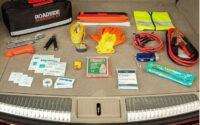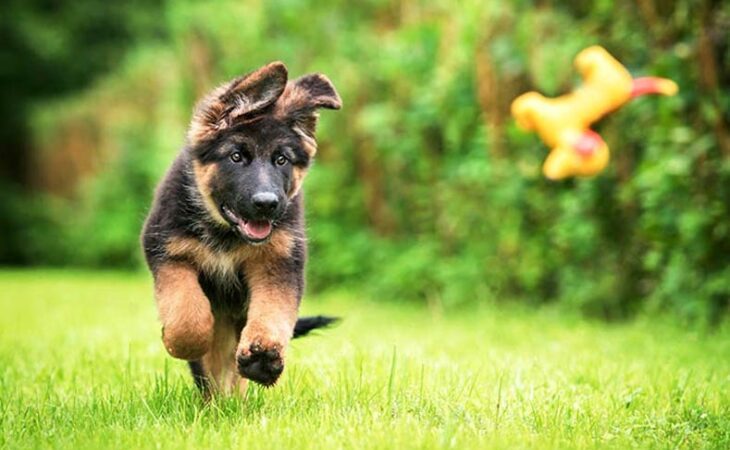Adopting a puppy for the first time takes a lot of new information, but taking the time to understand his needs early on will ensure your dog’s physical and emotional health.
There are a number of factors that will influence your dog’s health and wellness needs, particularly his breed and age. It is therefore important to take into account a set of factors, from its nutritional needs to its exercise demand through grooming, while taking into account its particular characteristics. However, all dogs need a number of conditions to ensure that they are healthy and well suited to the needs of the family.
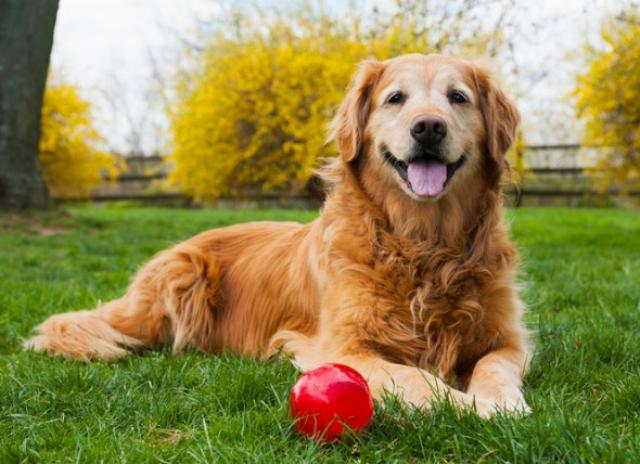
Table of Contents
Exercise
All dogs need exercise, but the amount and type will vary depending on their age, size, and breed.
Make sure he has room for exercise: A dog’s walks shouldn’t just be seen as toilet time.
Less Long, More Often: Remember that medium to giant dogs experience longer growth periods during which their bones and joints develop. Therefore, they should not walk too long distances or play certain sports until they are older. It is therefore important to opt for shorter and more frequent periods of activity.
Take time to play: Play is a natural part of a dog’s exercise and contributes to his psychological development. This activity is beneficial for your dog in several ways: it allows you to spend time with him, to strengthen your bonds, to control his weight, to maintain his vitality and to strengthen his cardiovascular and immune systems.
Environment
Puppies are very receptive to their surroundings, and negative experiences will have a lasting effect. A puppy’s behavioral development involves several phases, including the socialization period, which begins at four weeks and continues up to 14 weeks.
The fear period is in this period of socialization, so any trauma that arises during this period can have lasting negative consequences. Therefore, it is important to pay close attention to a puppy’s environmental experiences from day one.
Give him his own bed: Make sure he has a comfortable sleeping place that he can retreat to and feel safe.
Provide a nurturing environment: Puppies, for example, have a marked preference for large cardboard boxes where they can hide and rubber toys that they can chew on. It is important to make sure that all play sessions are supervised.
Gradually familiarize him with new environments: If you live in a city, you should gradually familiarize him with the realities he will face, such as cars, escalators, elevators, trains, trams or buses.
Get him used to being alone: Puppies must also learn to be alone sometimes.
Introduce it to other dogs: To facilitate their socialization, puppies should meet other dogs, other animals, and participate as much as possible in family outings.
Bring him outside the house: Don’t wait to take your puppy out. He must start exploring the surroundings at two months.
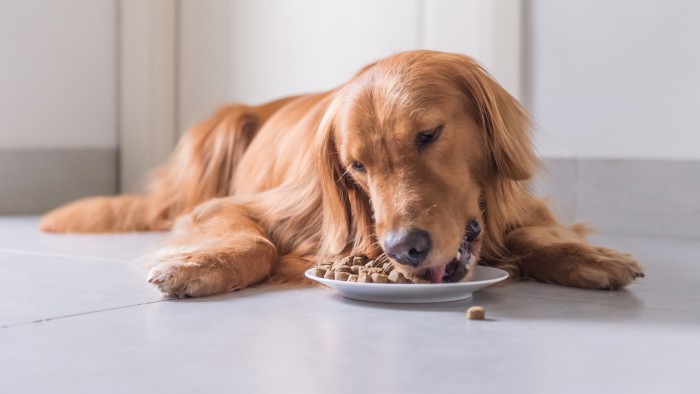
Food
As with exercise, your puppy’s nutritional needs change as he grows older. At first, puppies need several small meals a day, but eventually will only need one or two. Additionally, your dog’s size and breed will influence his nutritional needs, as not all dogs have the same digestive tolerance. Dogs should always have access to water and it is important not to overfeed them.
If you are unsure of how much to feed your dog or how the amounts to feed may change with growth stages, ask your veterinarian for advice. He will be able to provide you with advice on how to ensure optimal growth for your dog and avoid obesity and stress on developing joints.
Essentially, food should provide energy, but it should also help build and maintain body cells and help prevent possible digestive, skin, dental, joint, and age-related problems. Nutritious foods that meet the requirements for healthy nutrition combine the right amounts of nutrients.
Don’t change foods suddenly: To avoid disrupting your puppy’s digestive system when he arrives home, feed him the same food he ate before coming to your house. If you want to change their diet, do so slowly over a one week transition period by mixing their old and new foods in varying proportions.
Give them the right food for their age: there is special food for puppies that is appropriate for their age and that perfectly meets their growth needs. To ensure optimal growth, follow your veterinarian’s recommendations.
Set a routine: Dogs are pack animals and need clear hierarchical guidelines. Feed your puppy in the same place, at the same time and after you and your family have eaten every day so that he understands that you are in a dominant position in the house. After your puppy has finished eating, if possible, avoid jumping for an hour or two.
Treats should be the exception, not the rule: you should rarely give treats to keep your dog at his ideal weight. Sugar and chocolate are prohibited, as chocolate can be toxic to dogs. You can use low calorie dry food to aid in training.
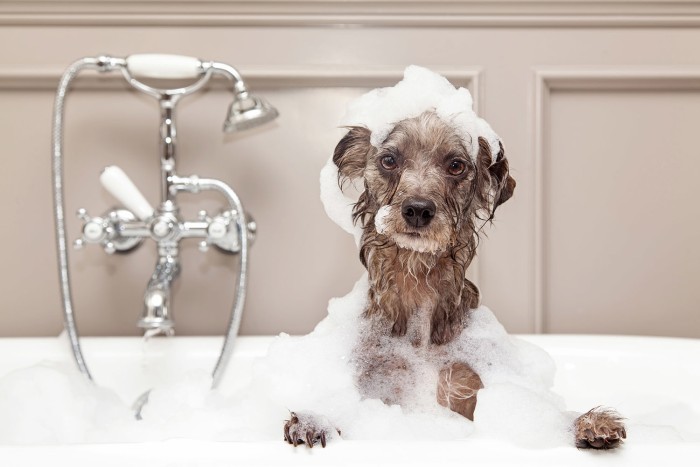
Grooming and health
A regular grooming routine is a good habit to get into. It will help maintain the health of your puppy’s skin and coat, while strengthening the bond between you. This will help you spot any problems, such as external parasites, skin disorders or areas of discomfort at an early stage. Most dogs love to be groomed if they get used to it early on, but it’s never too late to start!
Start dental care early: This way your puppy will get used to brushing his teeth with a brush and toothpaste specially designed for dogs. Try to brush your puppy’s teeth several times a week.
Schedule vaccination appointments: Vaccines help prevent contagious and sometimes fatal diseases. Some are required, while others are recommended. Puppies typically begin a vaccination program when they are six to eight weeks old.
Talk to your vet about deworming: Puppies often have worms, and deworming should be done monthly until they are six months old, and then every six months. Your veterinarian can recommend the best program for your puppy; it is therefore important to follow its instructions.
Talk to your vet about flea protection: Remember to protect your puppy from fleas and ticks. For treatment to be effective, the dog and its environment must be treated. Ask your veterinarian for advice.
Consider Spaying or Spaying Your Pet: Deciding whether to spay or spay your pet is an important choice that you need to seriously think about. It is important to consider the potential benefits of neutering or neutering over the possibility of raising other dogs that have been produced by your dog in the future.
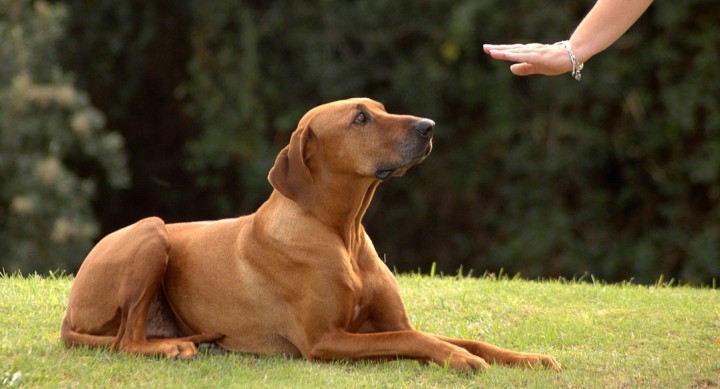
Dressage
The dog must behave properly and learn to obey early on. Your training program should start as early as possible, at an age when your puppy has excellent natural learning ability.
For your comfort and that of others, your dog needs to understand some basic rules of life. Do not hesitate to call a professional for the training of your dog. There are many dog clubs or puppy training centers that can help you with your mission.
Potty training: When he arrives at your house, your puppy is unlikely to be potty trained. Potty training takes time and patience, but never punish or scold a puppy that has been in an accident. Instead, find ways to prevent your puppy from needing to relieve himself inside.
Start recalling him by name early: From the start, say his name slowly and clearly to get his attention and associate it with each command. Pick the times when he’s alert to help him get to know you, and invite him to come to you to teach him to obey.
Gradually get him used to the car: Get your puppy used to getting into the car from an early age, so that he is not worried. Take a few short walks before embarking on a long trip.
To adopt a puppy for the first time is to store up a lot of new information: you must learn to ensure its physical and psychological health. But if you start off on the right foot, everything will be easier for you and your dog in the future. And if you ever have any doubts, your vet should be able to advise and support you.


